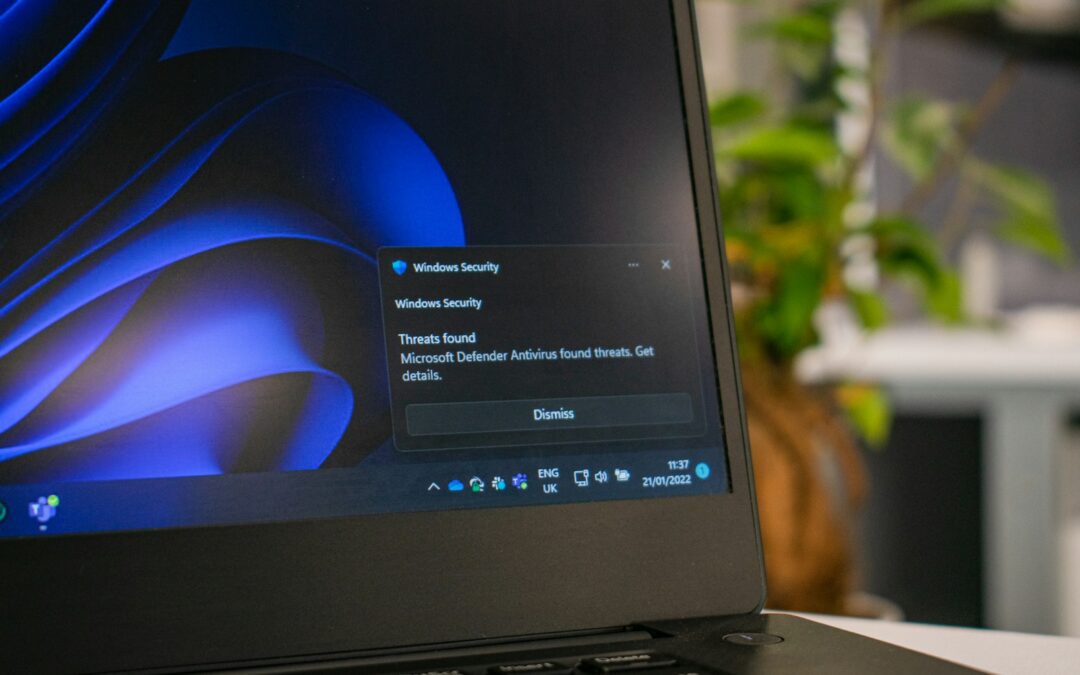How the Triton Malware Attack Compromised Industrial Control Systems
The Emergence and Impact of Triton Malware
The Triton malware attack, also known as Trisis, has emerged as one of the most sophisticated and potentially catastrophic cyber threats targeting industrial control systems (ICS) through IoT devices. Discovered in 2017, this malware specifically targeted safety instrumented systems (SIS) of an industrial plant in Saudi Arabia. These systems are crucial as they are designed to safely shut down processes in the event of hazardous conditions, thus preventing accidents and ensuring human safety.
Triton’s primary method of compromise involved leveraging vulnerabilities in IoT devices connected to the ICS network. By exploiting these weaknesses, the attackers were able to gain control over the SIS, potentially leading to physical damage and endangering lives. This attack highlighted the critical need for robust security measures in IoT environments, particularly in sectors such as oil and gas, manufacturing, and utilities where ICS are prevalent.
The repercussions of the Triton attack were profound, serving as a wake-up call for industries worldwide. It underscored the vulnerabilities inherent in connected systems and the potential for malicious actors to exploit these weaknesses to devastating effect. The incident prompted a reevaluation of cybersecurity strategies and the implementation of more stringent safeguards to protect against similar threats in the future.
Mechanisms of the Triton Malware Attack
Understanding the mechanisms behind the Triton malware attack is essential for developing effective countermeasures. The attack typically began with the infiltration of the network through phishing emails or compromised credentials. Once inside the network, the attackers moved laterally, exploiting vulnerabilities in IoT devices and other network components to reach the SIS.
Triton malware was designed to overwrite the legitimate firmware of SIS controllers with malicious code, enabling the attackers to manipulate the system’s safety functions. This capability to alter the firmware posed a significant risk, as it allowed the attackers to disable or modify safety protocols, potentially causing dangerous conditions to go undetected.
The attack also utilized advanced persistence mechanisms to maintain control over the compromised systems. By embedding itself deeply within the network, Triton could evade detection and resist removal efforts, making it a particularly insidious threat. These sophisticated tactics demonstrated the attackers’ deep understanding of ICS and their ability to exploit complex industrial environments.
Consequences for Industrial Operations
The consequences of the Triton malware attack extended beyond immediate operational disruptions. For the affected facility in Saudi Arabia, the potential impact included catastrophic physical damage, environmental hazards, and loss of life. Even though the attack was detected before causing significant harm, it highlighted the fragility of critical infrastructure in the face of advanced cyber threats.
Industries reliant on ICS must recognize the broader implications of such attacks. The Triton incident demonstrated that cyber threats could transcend digital boundaries and manifest in physical consequences. This realization has driven a greater emphasis on cybersecurity in industrial sectors, with organizations investing heavily in securing their IoT and ICS environments.
The attack also had regulatory and reputational implications. Governments and regulatory bodies have since tightened cybersecurity standards and compliance requirements for critical infrastructure. Organizations failing to implement robust security measures risk not only operational downtime but also legal and financial penalties, as well as damage to their reputation and stakeholder trust.
Safeguards to Prevent IoT-Based Malware Attacks
Enhancing Network Segmentation and Access Controls
One of the primary defenses against IoT-based malware attacks like Triton is the implementation of network segmentation and stringent access controls. By dividing the network into smaller, isolated segments, organizations can limit the lateral movement of attackers within the network. Each segment should be protected with robust access controls, ensuring that only authorized devices and users can communicate with critical systems.
Multi-factor authentication (MFA) and strict identity verification processes are essential components of this strategy. By requiring multiple forms of verification, organizations can significantly reduce the risk of unauthorized access. Additionally, regular audits of access controls and network configurations can help identify and rectify vulnerabilities before they can be exploited.
Implementing these measures creates a more resilient network infrastructure, capable of withstanding advanced cyber threats. Organizations must continuously monitor and update their segmentation and access control policies to adapt to evolving security landscapes and emerging threats.
Deploying Advanced Threat Detection and Response Systems
Advanced threat detection and response systems play a critical role in identifying and mitigating IoT-based malware attacks. These systems leverage artificial intelligence (AI) and machine learning (ML) to analyze network traffic, detect anomalies, and identify potential threats in real time. By continuously monitoring network activities, AI-driven security solutions can swiftly detect and respond to suspicious behaviors indicative of a malware attack.
Implementing a Security Information and Event Management (SIEM) system can further enhance threat detection capabilities. SIEM systems aggregate and analyze security data from various sources, providing comprehensive visibility into the network environment. This centralized approach enables security teams to quickly identify and respond to threats, minimizing the potential impact of an attack.
Organizations should also invest in regular security training for their employees. Human error remains a significant vulnerability in cybersecurity, and educating staff about phishing attacks, safe browsing practices, and proper device usage can reduce the risk of compromise.
Regular Updates, Patching, and Incident Response Planning
Keeping IoT devices and ICS components up to date with the latest security patches is crucial for mitigating vulnerabilities that could be exploited by malware like Triton. Manufacturers frequently release firmware updates to address security flaws, and organizations must ensure these updates are promptly applied. Automated patch management systems can streamline this process, reducing the likelihood of missed updates.
In addition to regular updates, organizations should develop and maintain comprehensive incident response plans. These plans should outline the steps to be taken in the event of a malware attack, including containment, eradication, and recovery procedures. Incident response teams should be well-trained and equipped to handle the complexities of IoT and ICS environments.
Regular drills and simulations of cyber-attacks can help refine these plans and ensure that all stakeholders are prepared to respond effectively. By fostering a proactive security culture and maintaining readiness, organizations can minimize the impact of cyber threats and safeguard their critical infrastructure.
In conclusion, the Triton malware attack on IoT devices and industrial control systems serves as a stark reminder of the evolving cyber threat landscape. By implementing a zero-trust security model, enhancing network segmentation, deploying advanced threat detection systems, and maintaining rigorous update and incident response protocols, organizations can significantly reduce the risk of similar attacks. As demonstrated by case studies in Saudi Arabia and beyond, these measures are essential for securing the future of IoT in industrial applications.
#TritonMalware #IoTSecurity #Cybersecurity #ICS #DigitalTransformation #MiddleEastTechnology #IoTInUAE #IoTInSaudiArabia #SecureIoT































